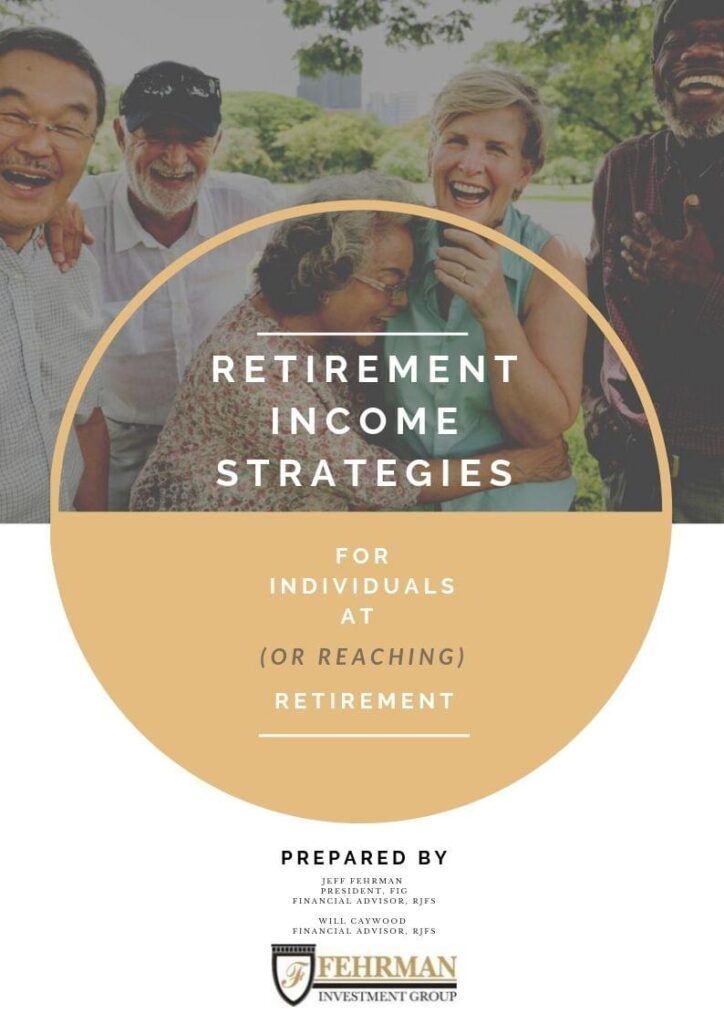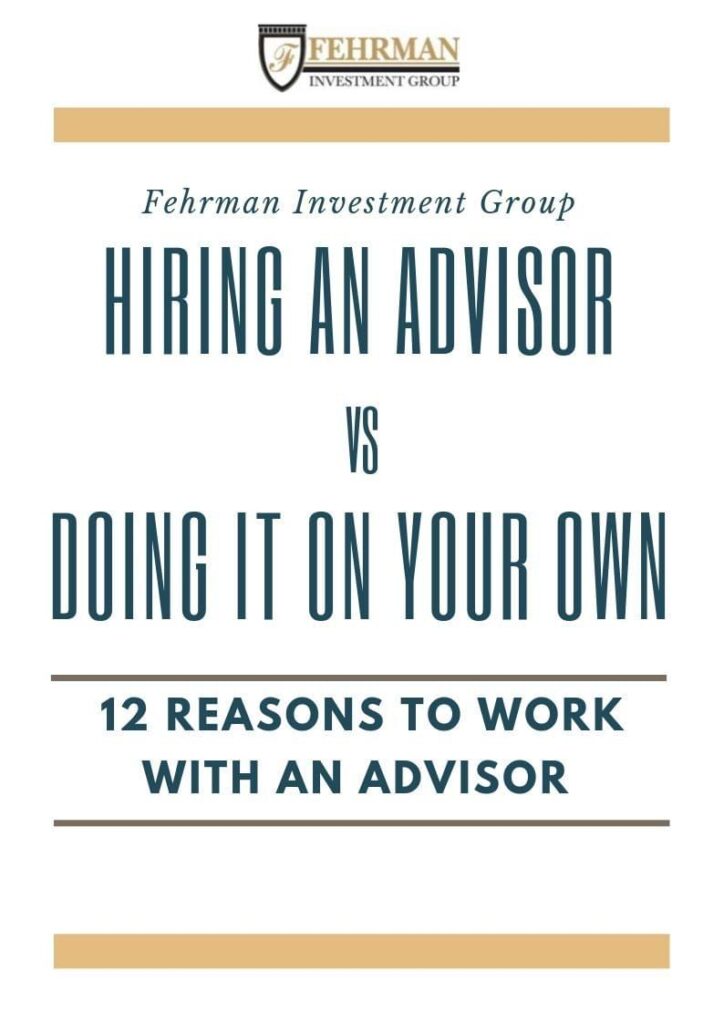2022: The Year Behind
It was a dismal and unprecedented year in the stock and bond markets. To put in perspective, since 1976, only 2% of the time do both stocks and bonds experience a difficult year at the same time. However, we are long term investors, and even given a difficult 2022, average annualized returns are still decent. In years after a 15% decline, the S&P 500’s performance in the following 1, 3, and 5 years tends to be 1-2% higher than the average.
The Economy:
It is likely we see a mild recession beginning in the second quarter and lasting around three quarters. However, GDP is still forecasted to be flat for the year so while it will be a slower year of growth, it should not be disastrous with growth improving as we head into 2024.
Why a mild recession?
It is the most telegraphed recession in history which leads consumers and businesses to begin adjusting their behavior early.
There are already parts of the economy that are experiencing a recession, such as goods and housing.
Excess savings are being depleted so consumer spending should return to normal levels by the end of the year.
Monetary Policy/The Federal Reserve:
The Fed has been aggressively raising rates but is hopefully nearing the end of the tightening cycle. Raymond James’ analysts expect two more rate hikes this year to around 5%.
If the Fed ends its rate hikes during the first quarter, this could buoy the equity and fixed income markets.
Inflation is slowing broadly. We have seen prices across many sectors (commodities, goods, services, food, and shelter) come down. If inflation continues to decrease at its current pace, we could see headline inflation at 2.2% by the end of this year or early next year.
Market Volatility:
In 2022, the S&P 500 saw the greatest number of 1% moves in 14 years. Even conservative portfolios, such as 60% equities and 40% fixed income, had their highest standard deviation since 1987.
However, not all of these were negative swings. We also saw some large rebounds.
This year, we expect volatility to be milder for several reasons:
Inflation has peaked so the Fed should be more accommodative (discussed above).
In the U.S., most of the population has moved on from COVID and returned to “normal.”
In Washington, large policy changes are unlikely due to the split government.
The impact of the Russia/Ukraine war will become less as energy prices decrease.
China’s probable reopening could reduce supply chain bottlenecks and spur global growth.
Globalization or Deglobalization:
Many headlines may have you believe that globalization is ending. However, we do not believe that is the case. While some U.S. companies may be moving manufacturing/operations out of China, they are moving them, not back to the U.S., but to other countries, such as Vietnam, Indonesia, India, or Mexico.
As an investor, companies that receive 60% of more of their revenues from overseas tend to have higher profitability with revenue continuing to grow. (Source FactSet Data as of 12/31/22)
Fixed Income
The last year was not an easy one for fixed income investors. The drawdown in fixed income bond market was unprecedented as it was down 22% at one point.
However, what is interesting about the drawdown is that it is much worse than what we saw during the Great Financial crisis when default risk was much higher, and corporate fundamentals were significantly worse. In many ways, we believe the negative performance is overdone. If we fast forward to later in the year after rate increases cease, bonds should rebound.
Interest rates resetting to higher levels can help investors achieve higher yields with much less risk versus last year. In today’s market, a low risk 3-month T-Bill essentially has the same yield that high yield bonds had at the beginning of last year. That increased yield is with significantly less risk.
Bonds should perform better for several reasons.
Bonds tend to perform well after the peak in inflation, which we believe occurred this summer. In this type of scenario, twelve months later, bonds are positive 85% of the time with solid upside performance.
Historically, bonds tend to do well after the Fed ends its tightening cycle.
Bonds should get some increased investor demand as they now provide superior income versus equities
Equities
If you look back at the last four bear markets, they have tended to bottom or see a significant springboard out of the bear market during Q1. This could happen this year given potential catalysts such as inflation decelerating, the Fed ending its tightening cycle, and earnings coming in better then feared it.
We are in the third year of a presidential cycle which tends to be the strongest of the first four years in office. Historically, it is positive 92% of the time.
Our more optimistic view on the equity markets reaching 4,400 by year end relies more on solid fundamentals.
From a macro perspective, the S&P 500 actually bottoms 3-4 months before the recession ends in anticipation of the recovery.
If inflation has peaked, the market tends to rally 90% of the time one year later and is up double digits.
We have a much more constructive view on the equity market than most.
Investment Principles: Back to Basics
All this dispersion gives active money managers fertile ground to find opportunities. One area to focus on is earnings. In the third quarter, companies that beat estimates on the top and bottom line outperformed the broader market by ~2.3% in the three days following reporting results, while those that missed the top and bottom line underperformed by ~6.88%, nearly a 10% swing!
The result of this dispersion and focus on fundamentals helped active large-cap money managers outperform the S&P 500 for the first time since 2013. As we expect dispersion to remain elevated, we believe this is a positive fundamental backdrop for both active money managers and hedge funds in the coming year.
Consensus for 2023
A recession is fully baked in—with a record number of economists predicting that we will have a recession over the next 12 months.
From an equity perspective, the majority of strategists are saying that the S&P 500 will be a down year this year. In fact, this is the first time since at least 2000 that equity strategists are predicting a negative year for S&P 500.
This negativity may not be as bad as investors expect because the consensus’ track record has not necessarily been good. Our more positive outlook on equities, fixed income, and even the economy is achievable.
Some of the most respected investors reiterate that having a different opinion from the consensus is not a bad thing.
(Source Bloomberg USAggIndex (%) FactSet, Federal Reserve, Data as of 12/15/22)
Market data provided courtesy of Raymond James Ten Themes for 2023
Any opinions are those of Will Caywood, Katie Edmonds, or Jeff Fehrman and not necessarily those of Raymond James. This material is being provided for informational purposes only and is not a complete description, nor is it a recommendation. There is no guarantee that these statements, opinions or forecasts provided herein will prove to be correct. Investing involves risk and you may incur a profit or a loss regardless of strategy selected. International investing involves additional risks. The S&P 500 is comprised of approximately 500 widely held stocks that is generally considered representative of the U.S. stock market. It is unmanaged and cannot be invested directly. Past performance is no guarantee of future results. There is an inverse relationship between interest rate movements and bond prices. Generally, when interest rates rise, bond prices fall and when interest rates fall, bond prices generally rise. Prior to making an investment decision, please consult with your financial advisor about your individual situation.
Market data provided courtesy of Raymond James Ten Themes for 2023





